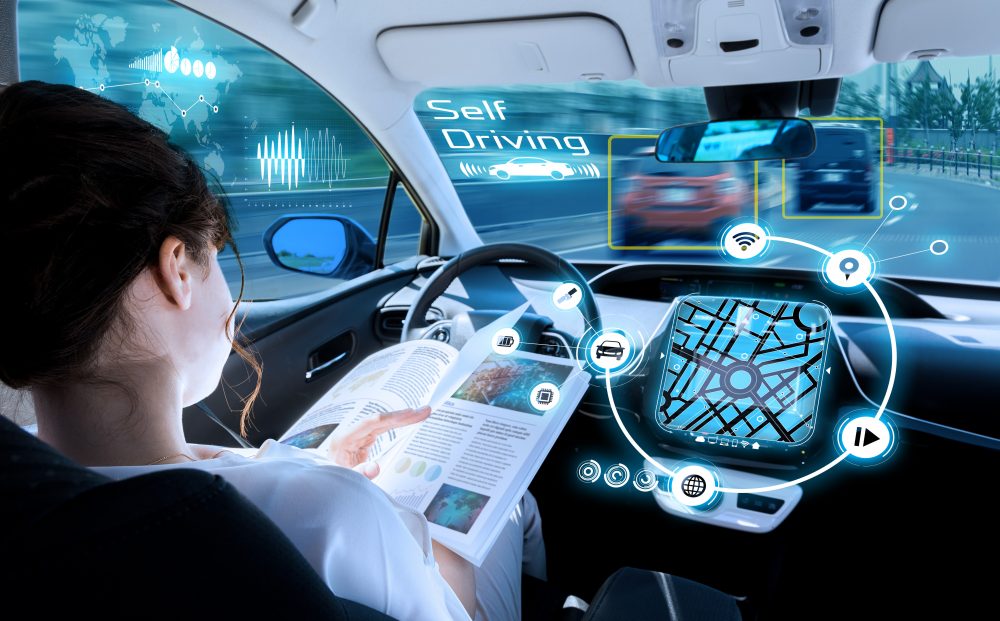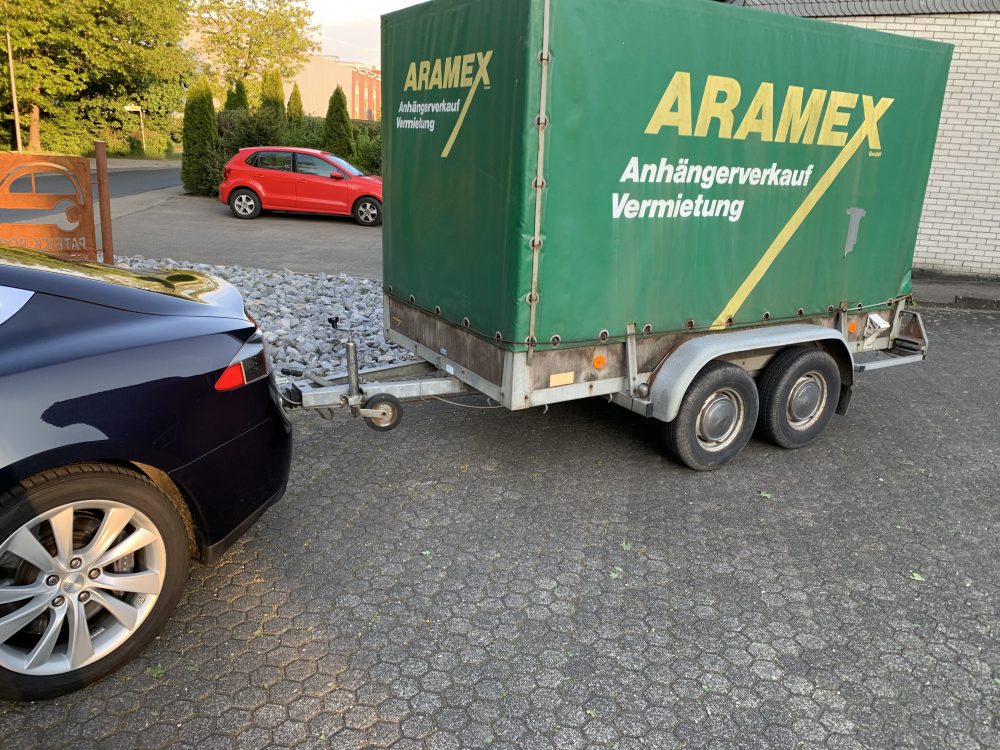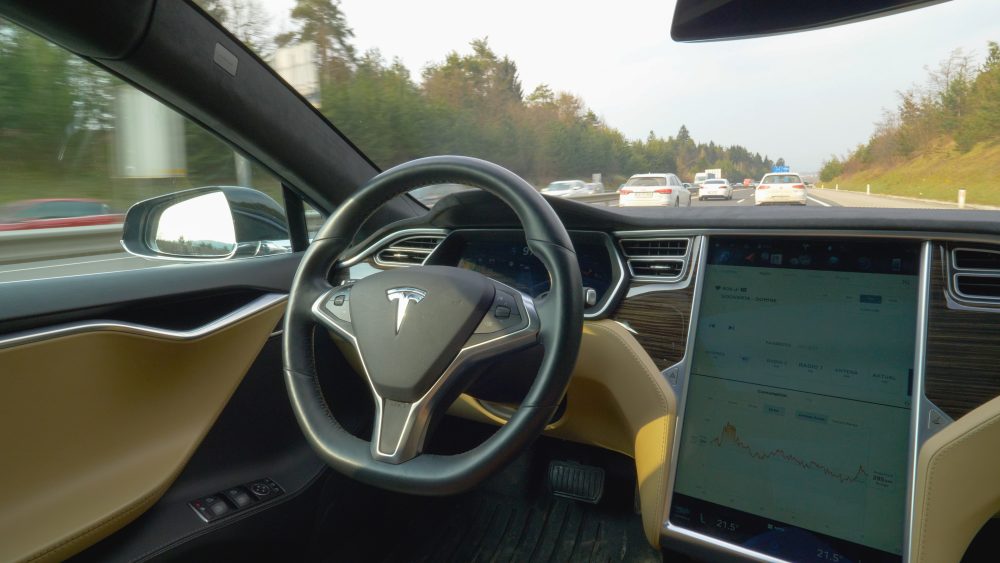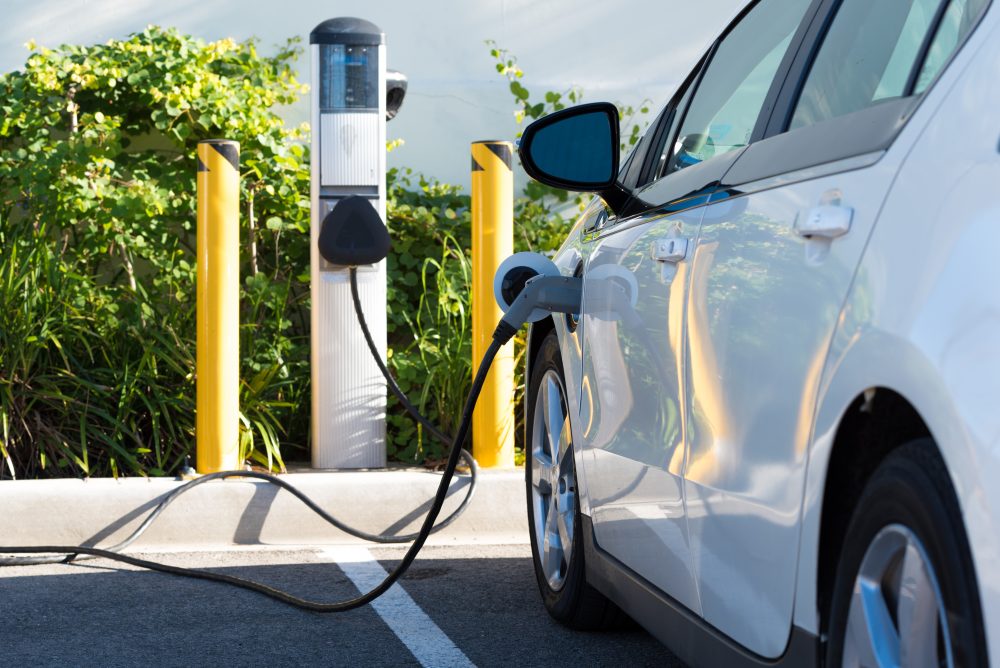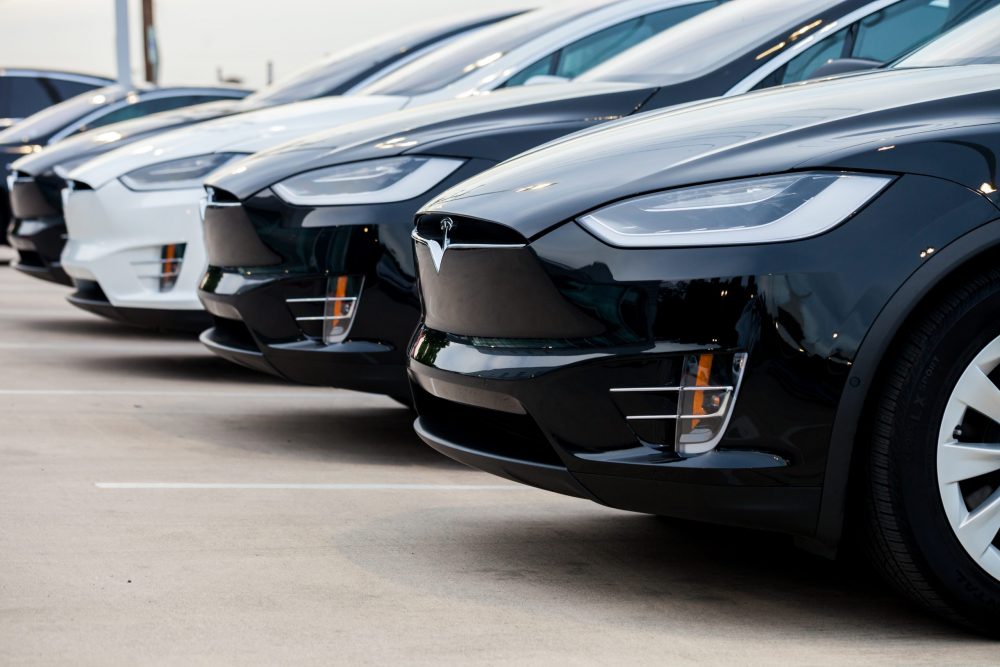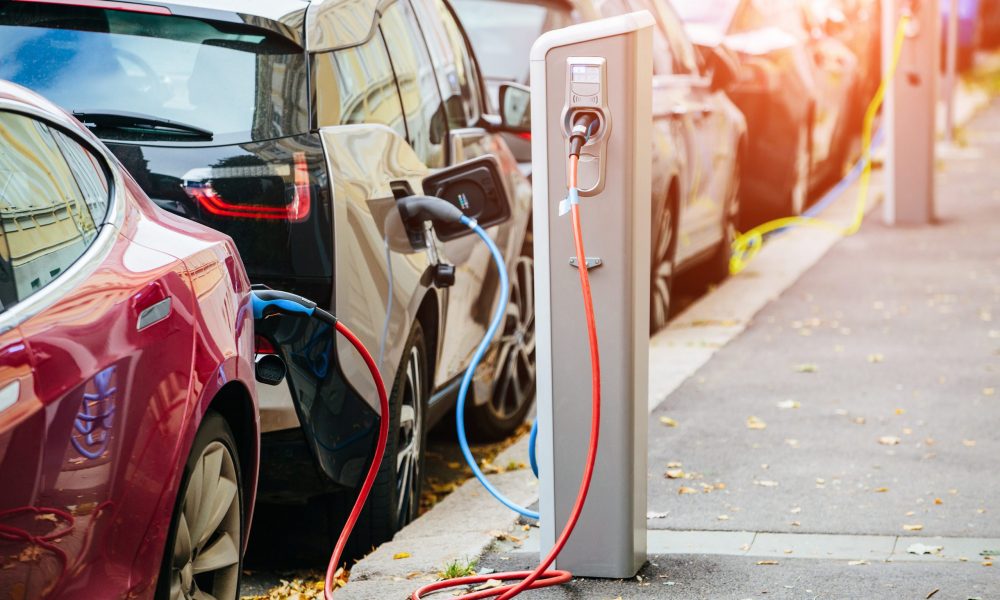Since the outbreak of COVID-19, there is hardly any sector that has not experienced the adversity of this pandemic. Due to the widespread of this pandemic, every country has perceived the implications both from economic as well as social perspective. Given the nature of the pandemic and the calamities it has caused, it won’t be wrong to say that for the past six months, our lifestyle has changed completely. Starting from our working norms to the social lifestyle, everything has changed beyond anticipations. This pandemic broke out in the times when the world has started to take climate change, a serious change. In pursuit, many nations were advocating for electromobility. Since now the attention is solely on the COVID-19. In this perspective, there is a need to look at the impact COVID-19 has cast on the e-mobility. There is also a need to look at the relationship between COVID-19 and EV market. To have a better insight into the future of COVID-19 and mobility, keep scrolling down.
How COVID-19 has Impacted E-Mobility?
Like any other sector, the e-mobility market has also become the victim of COVID-19. The loss of millions of jobs has narrowed the buying power of the common man. The sense of uncertainty motivated people to cut down their luxurious spending. Consequently, people were reluctant to even think about spending on anything except necessities. Furthermore, the closure of the retail sector and manufacturing plants amid COVID-19 brought immense backlashes to the e-mobility initiatives. There were estimates that the global EV market will experience a compound annual growth rate of 21%. But now due to the COVID-19, experts are saying that the EV market is going to experience a 34% dip in their earlier projections. Moreover, stimulus packages by the leading e-mobility nations, such as Germany, France, Netherlands, and other countries, is certainly going to hamper in their advocating initiatives in favor of e-mobility. In a nutshell, the relationship between COVID-19 and mobility is going through a troubling time.
However, a pivotal question arises which asks that; will the situation remain the same for a long time from now? The answer is pretty straightforward, NO! Indeed, this prevalent lockdown is temporary. These restrictions are imposed just to curtail the widespread of COVID-19. Though COVID-19 and EV market shares an adverse relationship for now, but soon this bond is set to break.
Green Side of the COVID-19
Even in these troubling times, Tesla delivered 88,000 EV units in the first quarter of 2020. Apart from negative impacts, this pandemic has also brought some positivity which unfortunately goes unnoticed. According to the analysis by Carbon Brief, this lockdown has cut down the Chinese carbon emissions by the factor of 25%. Furthermore, improvement in the air quality index of some of the world’s most polluted cities such as Delhi, Lahore, and Paris, validates the green side of COVID-19. This reduction is in response to imposing strict lockdown by limiting general mobility, shutting down factories, and reduction in air traffic. Nevertheless, it should be treated as a blessing in disguise.
This opportunity should be taken as a token of confidence for advocating in favor of e-mobility. Instead of getting in the blame game of COVID-19 and mobility, the focus should be on capitalizing this opportunity to aware people about the relevance of electromobility in the post-COVID-19 world. Since the reduction in overall global population and the news of ozone layer recovery has been widely reported, people are very much aware of the green aspects of this pandemic. There is a need to market these developments and encourage the use of e-mobility by letting people know that the pre-COVID world was polluted due to these fuel-burning vehicles. Now, as they are breathing in a clean environment, this is majorly due to the limitations of such environmentally adverse vehicles.
Post COVID-19 EV Market
Technologists, researchers, and EV enthusiasts are interested in knowing about the future of the EV market in the post-COVID-19 world. The future of the EV market in this post-COVID times is highly dependent on the incentivizing of the EV sector. Given the positive impacts of COVID-19 on the overall pollution indexes, it is the right time for the governments to come forward and continue their support to the electromobility industry. On the assurances of the governments, a lot of investment has been brought in for uphauling the e-mobility, and it is now the responsibility of the governments to safeguard these investments.
In the present situation, it may take about 2-3 years for the EV market to come at the pre-COVID standings but the future of the EV market is quite bright. Many politicians, campaigners, and investors are urging governments to reiterate their support to the EV market and enable this sector to continue the greener outcomes of this pandemic. Voices like ‘let’s restore the green economy with electric vehicles’ have started to attract governments to use this opportunity to reach their zero-emissions goals. For instance, Bogota’s undersecretary for the mobility policies has told the world via the United Nations, that they are using this opportunity to accelerate their e-mobility initiatives. What has been planned to be implemented in one or two years, is now being planned to be implemented in one or two months. They are giving tax and regulatory incentives to the EV market to bolster electromobility.
Furthermore, social distancing rules will also force people to be less dependent on public transport. Therefore, they’ll move towards buying their own vehicles. So, in this condition, there is a huge opportunity for the EV manufacturers as well as governments to incentivize this sector to establish an emobility social distancing paradigm.
Importance of EV Charger Network in COVID-19 and EV Market
In the situation when there is a gross potential of electromobility initiatives to let people sustain the greener aspect of COVID-19, the importance of the EV charging network has increased manifold. With the expected government support to continue their help towards the EV market, it is expected that recovery will indeed be not that smooth as it was before this pandemic. But, still given the bright future, electromobility is surely going to take on the future.
In these situations, and to continue encouraging the social distancing, EV charger network will need to be expanded. In pursuit of preparing for the forthcoming future of the electric vehicles, it is a need of the hour to build more EV charging stations. It will bestow us with two major benefits. First of all, it will ensure that charging stations do not get overcrowded, and hence, the social distancing measures could remain intact. Secondly, the abundance of charging stations will provoke a general sense in the public that if they consider buying an electric vehicle, they won’t have to drive extra miles to charge their EVs. All these measures will help us maintaining an emobility social distancing paradigm along with sustaining the improved air quality indexes of our previously polluted cities.
Conclusion
Electromobility is one of those initiatives that has been affected adversely by COVID-19. Nearly, every country was progressing towards zero-emission in their capacities. But then, COVID-19 emerged and like any other sector, the EV market also saw a sheer dip. But, fortunately, improvement in the air quality indexes provided EV advocates with the sigh of relief. Now, everyone knows about the downsides of fuel-burning vehicles. With the indicators pointing towards the healing of the ozone layer and pollution-free air, the EV market is set to revive the loss suffered from COVID-19. Though this sector will experience some further backlashes like any other sector, but with the right marketing, government support, and infrastructural development, electromobility is all set to bounce back.
Find out more about E-mobility by clicking here.
References
- https://www.marketsandmarkets.com/Market-Reports/covid-19-impact-on-electric-vehicle-market-181970499.html
- https://autovistagroup.com/news-and-insights/effects-covid-19-electromobility
- https://ihsmarkit.com/research-analysis/covid19-pandemic-ev-charging-industry-wrestles-with-a-new-magn.html
- https://www.bnamericas.com/en/news/electromobility-poised-to-play-greater-role-in-mass-transit-after-covid-19


